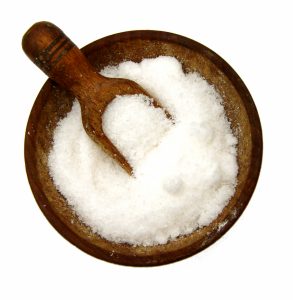Salt storage – what is the best way to store salt
What is the best way to store salt? Salt is an essential ingredient in many recipes, and proper storage is crucial to keeping it fresh and prevent it from clumping or causing a build-up of moisture.
Are you tired of your seasonings going stale and losing their flavor? Say goodbye to bland food and hello to the salt of the earth! In this article, we will show you ways to store and preserve your seasonings, ensuring that they stay fresh and flavorful for longer.
From salt and pepper to aromatic herbs and exotic spices, your seasonings are the key to transforming any dish into a culinary masterpiece. But improper storage can lead to loss of flavor, clumping, and even spoilage. That’s where our expert tips come in.
Whether you’re a seasoned chef or a novice in the kitchen, these storage solutions and preservation techniques will help you protect the potency and taste of your seasonings.
Don’t let your seasonings lose their zest. Get ready to elevate your culinary creations with these ingenious ways to store and preserve your seasonings. So, spice up your kitchen and savor the flavor in every bite!
Storing salt
Always try to use high-quality salt as this will make a difference to your dishes. Where possible choose pure sea salt, Himalayan salt, or kosher salt, as they are not-processed and therefore contain fewer additives and anti-caking agents. Also, high-quality salt is less prone to clumping.
So, is there a proper way to store salt in the kitchen? Here are some simple top tips and best practices for storing salt:
- Keep salt in an airtight container: Air exposure can cause salt to absorb moisture and clump together, so it’s essential to store it in an airtight container. Glass jars with tight-fitting lids or plastic containers with snap-on lids are good options.
- Store in a cool, dry place: Salt can also absorb moisture from the surrounding environment, so it’s best to store it in a cool, dry place, away from heat, humidity, and direct sunlight. A dark pantry or cupboard works well.
- Use a desiccant: To further prevent moisture absorption, you can also add a desiccant to the container. Silica gel packets or rice grains can help absorb any excess moisture and keep the salt dry.
- Keep away from strong odors: Salt can also absorb strong odors from the surrounding environment, so it’s best to store it away from any pungent-smelling foods or spices.
- Choose your container wisely: Remember that salt can interact with metal and some plastics. Always choose containers that are meant for food storage.
By following these guidelines, you can ensure that your salt stays fresh and ready to use whenever you need it.
Will salt lose it’s flavor if stored long-term?
If you are storing salt such as Himalayan pink salt, kosher salt, or sea salt, they will not lose their flavor. These types of salt are classified as pure salt, which is a stable compound of sodium chloride, so they will not degrade when stored properly. However if you are storing refined table salts, or salts that have been combined with herbs and seasonings, they will lose flavor over time. As the herbs are plant products they are prone to degrading, however if a pure salt has been used in the seasoning, the salt element will not degrade.
How long can I store salt?
You will probably have noticed that your salt products come with a manufacturers label on it stating an ‘Expiry’ or ‘Use by Date’. Well, as pure salt can be stored indefinitely that can be a bit confusing. However, for refined salts and seasonings the label is useful as a guideline. Nowadays labels are automatically placed on products as it is a legal requirement in most countries. However, if you are concerned about the quality of your salt there are a few ways to check it out.
- How does it smell? If your salt develops a strange smell it may have been stored incorrectly. Remember to store salt in airtight containers, away from strong odours such as raw onions, or garlic.
- Check the packaging for bugs. Sometimes your salt can becomed infested with tiny bugs (similar to weevil bugs in flour). Insects crave salt just like humans, so naturally they wil be attracted to a free souce of sodium if salt is left out uncovered. If you do see bugs in your salt, throw the salt out!
- Salt clumps. If your salt has absorbed too much moisture it can turn the salt into a large solid clump. You can try to break it down, however if it is impossible to break apart then it’s best to throw it out.
And remember, if you store your salt correctly, you shouldn’t come up against any of these issues.
What’s the best way to serve salt?
- Salt grinder
- Salt cellar
- Salt server
What is a salt grinder?
A salt grinder, also known as a salt mill, is a kitchen tool used to grind salt crystals into a finer and more manageable consistency. Salt grinders come in various shapes, sizes, and materials. Generally they consist of a grinding mechanism and a container to hold the salt.
The grinding mechanism of a salt grinder is typically made of ceramic or stainless steel. It normally has multiple grinding settings to allow for coarse or fine salt. Some salt grinders have a manual crank, while others are battery-operated or electric.
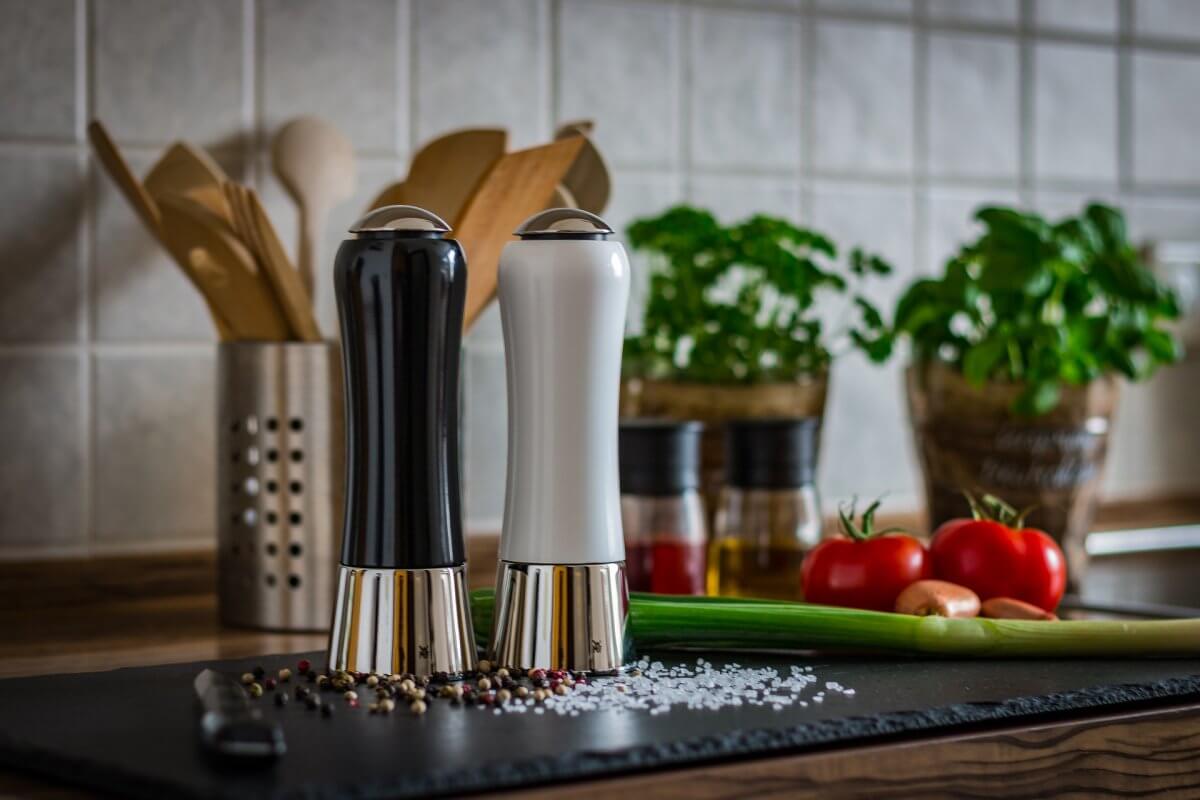
What kind of salt goes in a salt grinder?
Salt grinders are commonly used in home kitchens and in professional cooking to season dishes with freshly ground salt. They are also a popular tool for people who prefer to use coarse or specialty salts. These salts could include sea salt or Himalayan salt which can be ground to the desired size and texture.
Using a salt grinder also provides a fresher taste and aroma to salt, as the salt crystals are ground at the moment of use, rather than sitting pre-ground on a shelf. Additionally, salt grinders can be used for other spices, such as pepper. Salt grinders are a versatile addition to any kitchen.
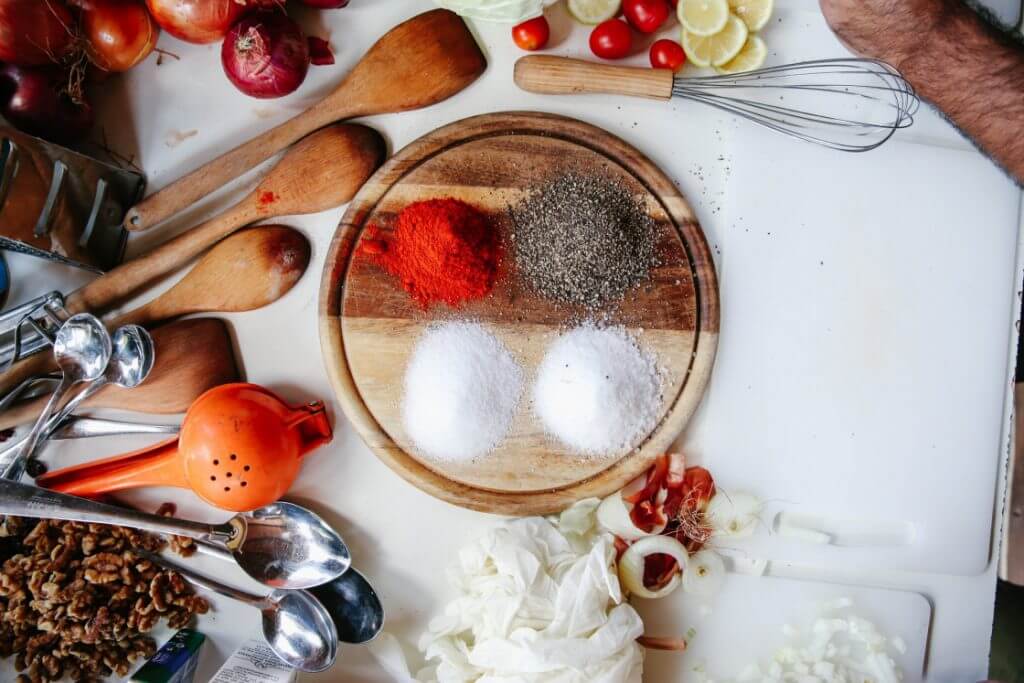
What is a salt server?
A salt server is a type of serving dish or vessel used for presenting and serving salt. It is typically a small container or bowl with a lid or cover. This keeps the salt clean and dry when not in use. Salt servers can be made from a variety of materials including glass, ceramic, metal, or wood. They are often very decorative and ornate.
Salt servers are commonly used in formal dining settings or for special occasions, such as weddings, parties, or holiday meals. They provide an elegant and sophisticated way to present and serve salt to guests, especially gourmet salts. And they are often paired with other serving dishes and accessories, such as butter dishes, gravy boats, and condiment trays.
Some salt servers may also come with a small spoon or scoop for transferring salt from the server to individual plates or dishes. Others may have a built-in salt shaker mechanism, allowing guests to dispense salt directly from the server.
Overall, salt servers are a beautiful and functional addition to any dining table or entertaining setup. They can also add both style and convenience to the serving of salt.
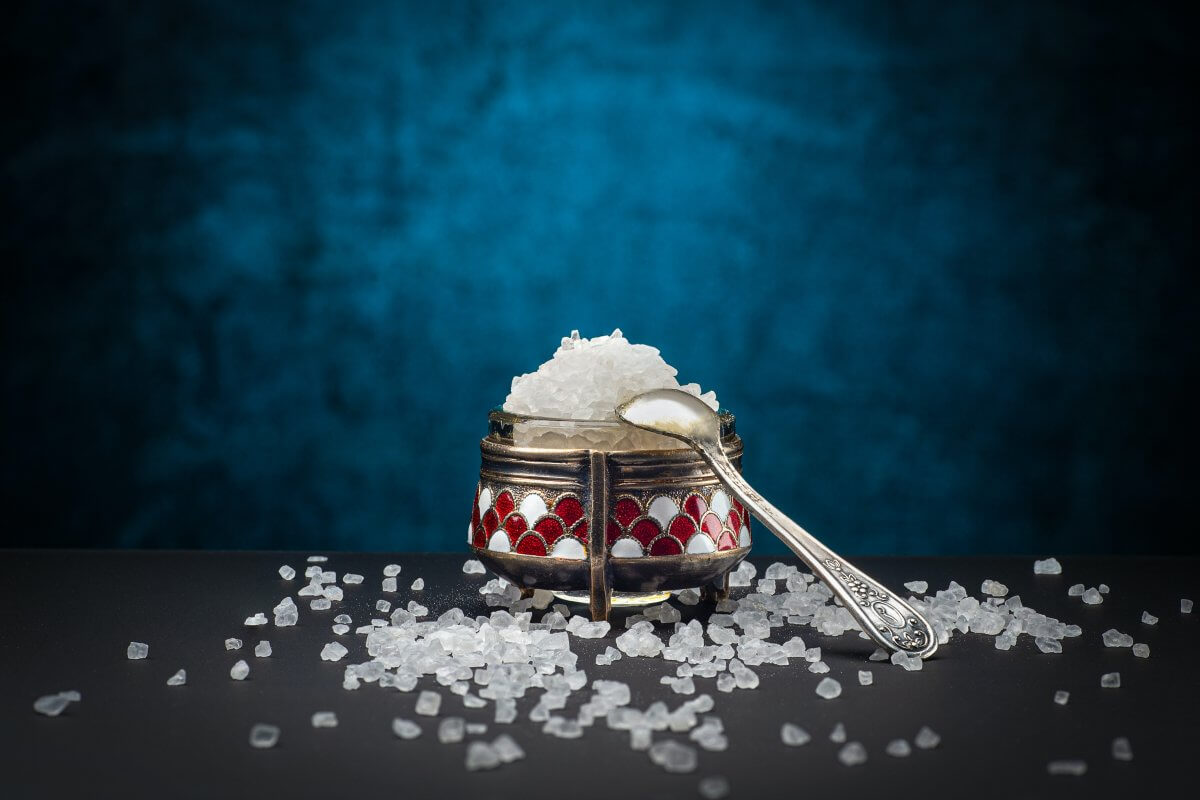
What are salt cellars?
What are salt cellars? And what are salt cellars used for? Salt cellars are small containers used to hold salt and are often found on dining tables. They can be made from a variety of materials, including glass, ceramic, metal, or wood. Salt cellars are an important part of table settings. Historically they were used to hold salt before salt shakers became popular in the early 20th century.
Salt cellars come in many different shapes and styles, ranging from simple, plain designs to intricate and ornate ones. Some salt cellars have a spoon or scoop that is used to transfer salt from the container to the food, while others require the use of the fingers.
Today, salt cellars are still used in some restaurants or for special occasions. They provide a decorative and elegant way to present salt to diners. However, many people now prefer to use salt shakers or salt grinders, which allow for easier portion control and are more hygienic.
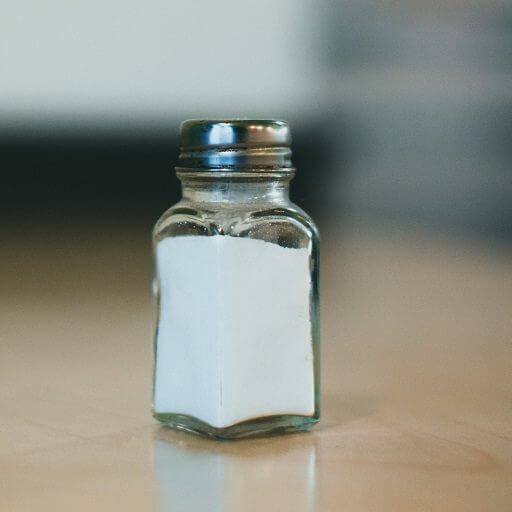
Industrial salt storage
Salt needs to be stored before it is packaged and sent out to retailers. One place to store the unprocessed salt is in storage domes. Storage domes are typically used to store large quantities of salt for various purposes such as road de-icing, food preservation, and chemical production.
Why are salt storage dome shaped?
The dome shape is preferred for several reasons:
- Structural strength: The dome shape distributes the weight of the stored salt evenly across its surface, making it stronger and more resistant to collapse or damage. This design also allows for a greater volume of salt to be stored in the same area as a conventional building.
- Self-supporting: The dome shape allows the salt to be self-supporting, meaning that it can bear its weight without the need for additional structural support, such as columns or walls.
- Natural ventilation: The curved shape of the dome allows for natural ventilation to occur, which can help to reduce the moisture content in the stored salt and prevent clumping or caking.
- Energy efficiency: The dome shape allows for more efficient temperature control, reducing heating and cooling costs. The shape also reduces surface area, which helps to minimize heat loss and reduces the amount of energy required to maintain the temperature.
Overall, the dome shape is an efficient and practical design for large-scale salt storage, providing strength, durability, and natural ventilation.
Salt storage summary
Remember to keep your salt in an airtight container, preferably in a dark cupboard away from strong smells. This will ensure it stays fresh and ready to use for a long time. And remember to have some fun by using different containers, shakers and grinders to display the salt on your table.
More ideas
Do you still want to learn more? Then why not head over to our other sections to find out more about salt, its uses, other salt products, and some quick and easy recipes?
